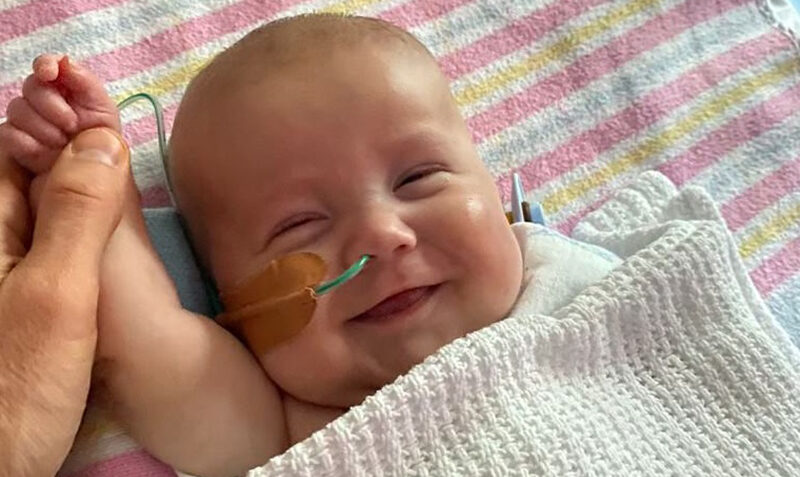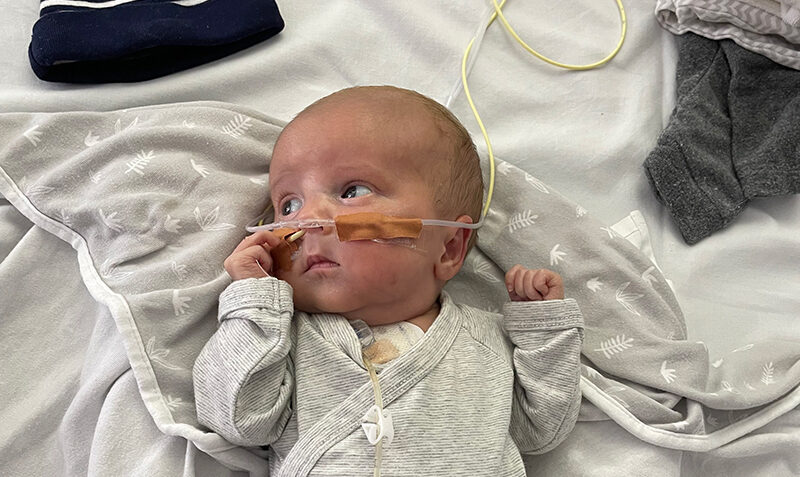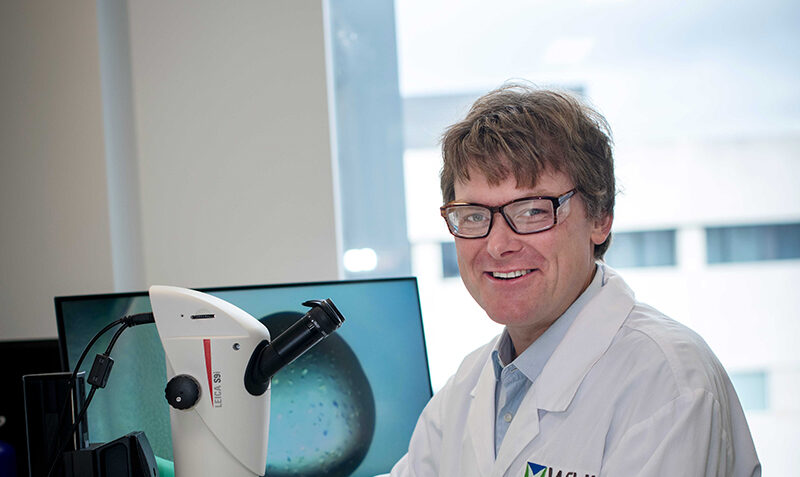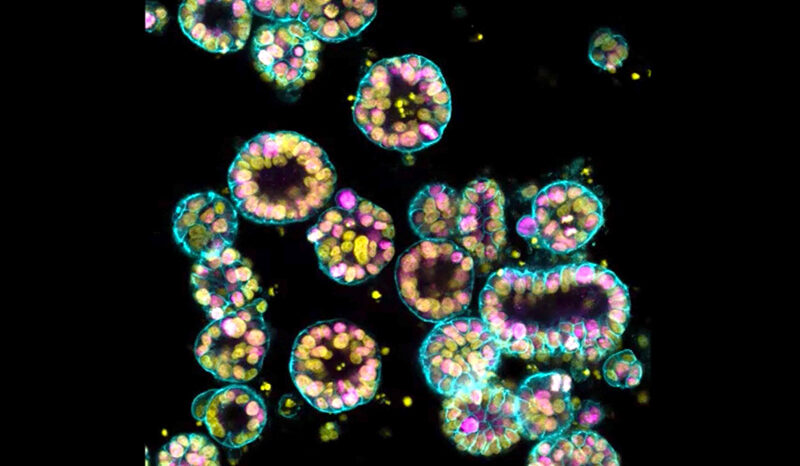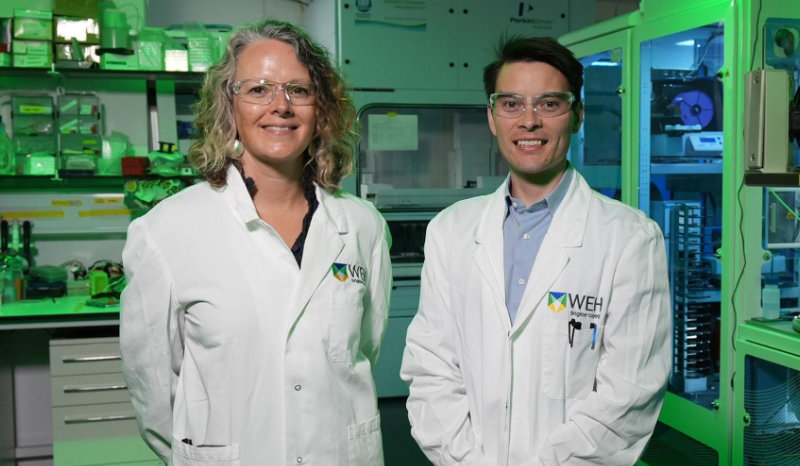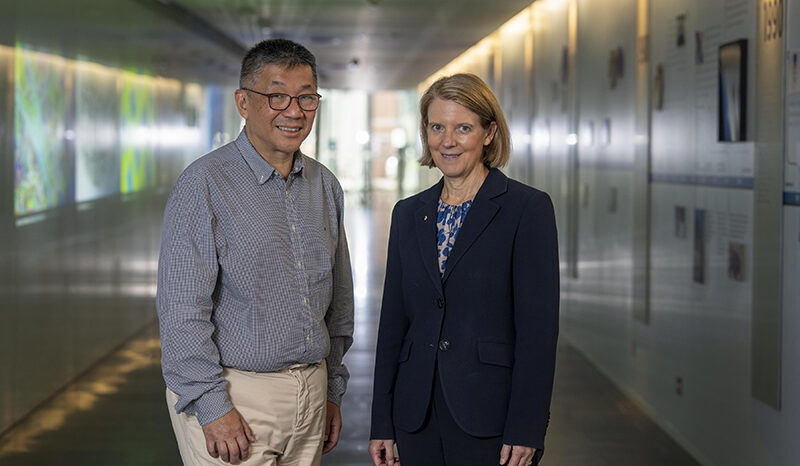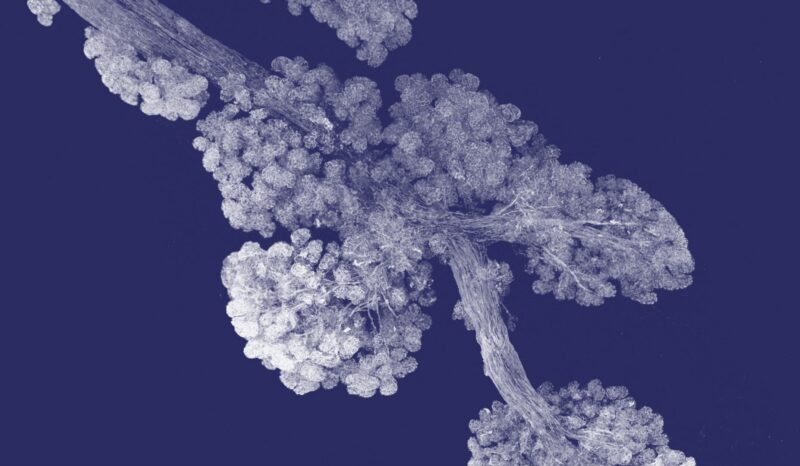Beating the odds
Freddie might only be three years old, but he has already made history as the first person ever recorded with his extremely rare genetic condition.
Following an incredibly challenging beginning to life for Freddie and his family, his parents Katrine and Paddy marvel at the remarkable transformation in their little boy.
Once critically ill in hospital, he has grown into a playful toddler radiating with energy and infectious smiles.
Born at just 31 weeks gestation due to a pregnancy complication called sudden onset preeclampsia, Freddie initially appeared to be quite healthy for a premature baby.
However, just a few days into his life, what was believed to be an abscess was discovered near Freddie’s belly button, requiring surgical intervention.
Rather than healing, the wound broke down following surgery, leaving him seriously unwell. This marked the start of a series of serious health complications over the coming months.
Freddie was admitted to the Children’s Intensive Care Unit (CICU) at Sydney Children’s Hospital, Randwick (SCH) where the wound was initially treated as an infection. But it soon became clear that the cause was inflammation, prompting further investigation.



